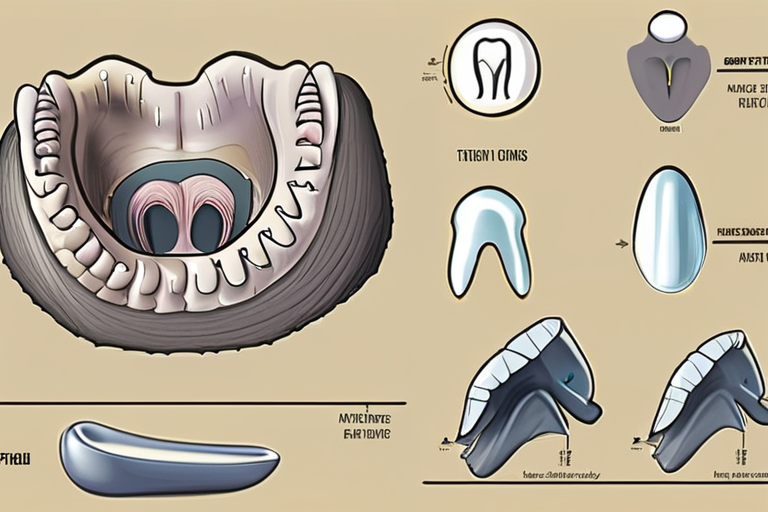
Multi-Source Journalism
This article synthesizes reporting from multiple credible news sources to provide comprehensive, balanced coverage.

Multi-Source Journalism
This article synthesizes reporting from multiple credible news sources to provide comprehensive, balanced coverage.
Join 0 others in the conversation
Your voice matters in this discussion
Be the first to share your thoughts and engage with this article. Your perspective matters!
Discover more articles

Recent breakthroughs in ancient protein analysis have shed new light on Paranthropus robustus, a 2-million-year-old human relative, revealing unexpected genetic diversity and challenging the notion of a single species. The discovery, made possible by

New research suggests that modern mosquitoes have evolved significantly more recently than previously believed, emerging around 100 million years ago. This discovery challenges previous estimates and coincides with the emergence of Plasmodium parasit

Scientists at MIT have made a groundbreaking discovery, uncovering chemical remnants of Earth's ancient precursor, "proto Earth," which existed 4.5 billion years ago before a cataclysmic impact reshaped our planet. The findings, hidden deep within ma
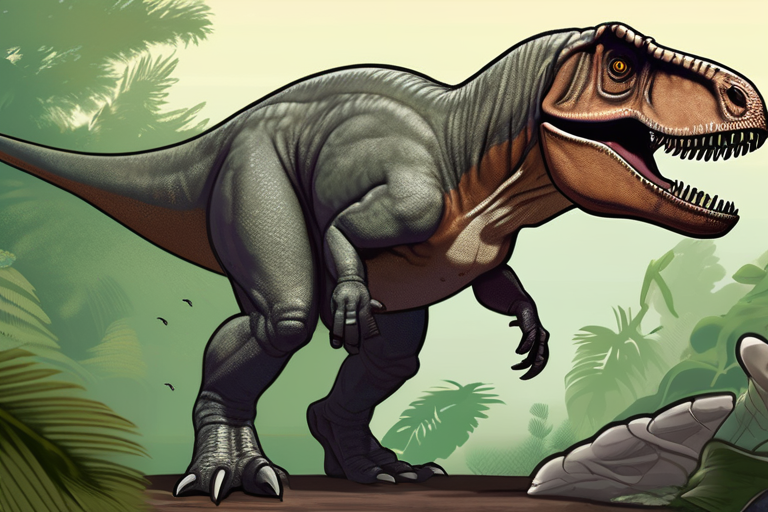
New research published in Nature reveals that the Tyrannosaurus and its distinct relative, Nanotyrannus, coexisted at the close of the Cretaceous period, shedding light on the complex ecosystem dynamics before the mass extinction event. The discovery

A groundbreaking analysis of fossil remains suggests that the shared ancestor of modern humans, Neanderthals, and Denisovans lived over a million years ago, more than twice as long as previously believed. This discovery has significant implications f
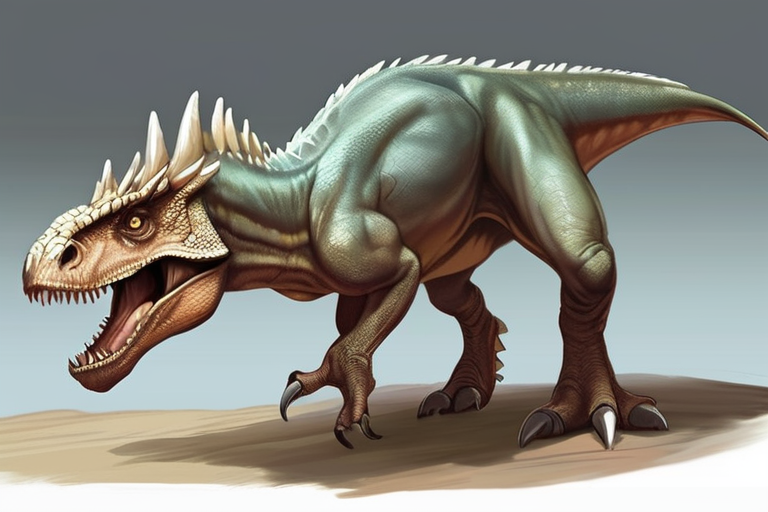
Scientists have discovered a new dinosaur species, Khankhuuluu, in Mongolia, which marks a significant milestone in the evolution of Tyrannosaurs. This 85-million-year-old, agile predator is believed to be the closest-known ancestor of the giant Tyra
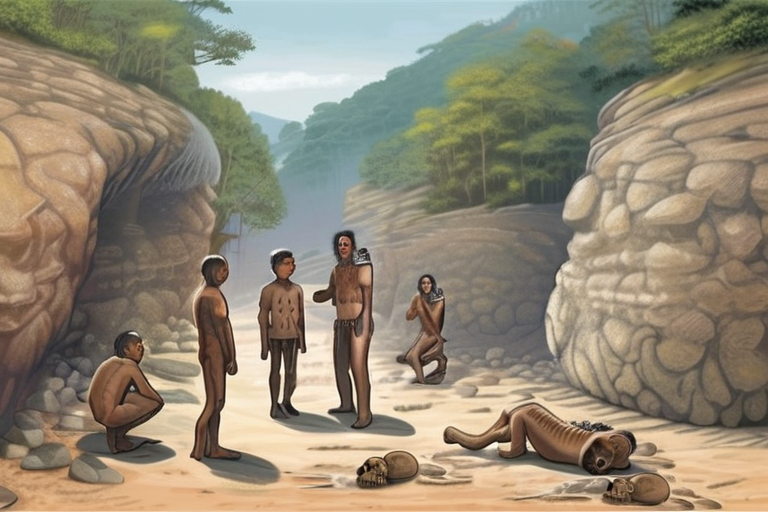
Archaeologists have reevaluated a 600,000- to 1-million-year-old fossil skull from China, dubbed Yunxian 2, and suggest it may be more closely related to Denisovans or Homo longi than initially thought. Digital reconstruction of the skull reveals sim

In a groundbreaking discovery, paleontologist Chinzorig Tsogtbaatar unearthed a stunning new species of pachycephalosaur in Mongolia, a 110-million-year-old dinosaur with a dome-shaped skull that's rewriting the book on these enigmatic creatures. The
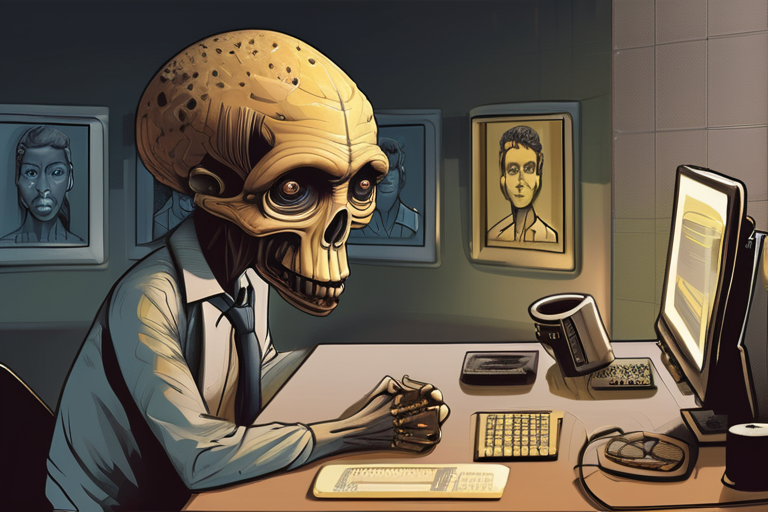
Here is a 2-3 sentence summary that captures the key newsworthy elements: A century ago, paleoanthropologist Raymond Dart faced criticism for his discovery of the Taung Child fossil, but he effectively countered these claims with evidence and logic.
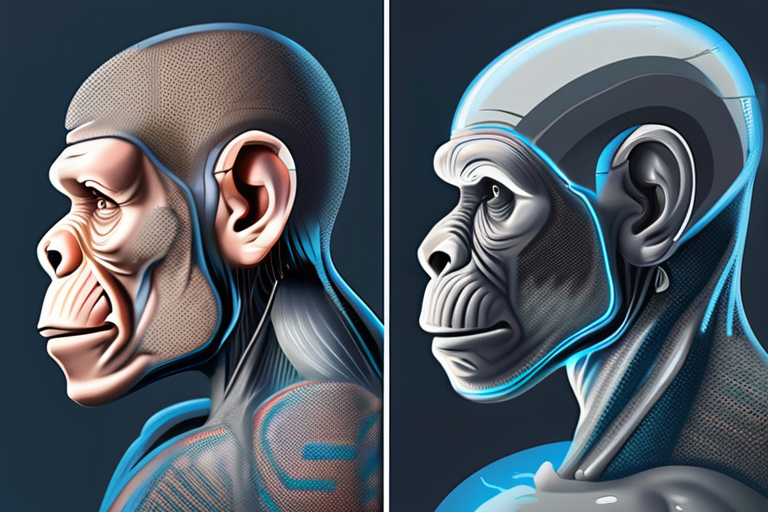
Get ready for a jaw-dropping revelation: humans have evolved at a breakneck pace, with our skulls changing a whopping twice as fast as expected compared to other apes. This astonishing acceleration is attributed to the perfect storm of brain growth a
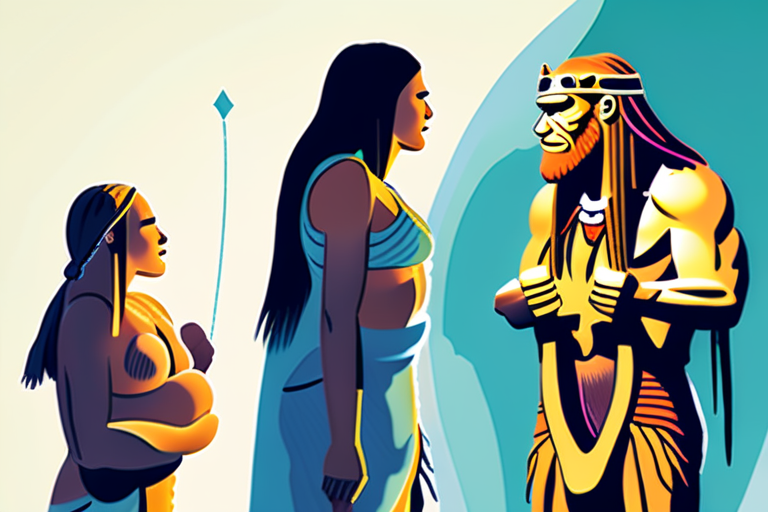
Scientists are reconsidering the classification of the Denisovans, a group of ancient humans, after discovering a fossilized skull with distinct physical characteristics associated with their DNA. This new evidence supports the argument for giving th

New research from the Max Planck Institute for Evolutionary Anthropology reveals that across 1,176 species, female mammals live approximately 13% longer than males, while in birds, males tend to outlive females by about 5%. This lifespan gap is large

Scientists have discovered Khankhuuluu, a previously unknown 85-million-year-old Mongolian dinosaur that marks a pivotal moment in the evolution of Tyrannosaurs. This transitional species, characterized by its long snout and lean build, represents th
Scientists have discovered a 310-million-year-old fossilized fish that possessed a unique adaptation - a hidden second jaw - which allowed it to eat tough prey like shells and insects. This ancient fish, Platysomus parvulus, employed a tongue bite me

Researchers have unearthed groundbreaking insights into the evolution of Paranthropus robustus, a 2-million-year-old human relative, by analyzing ancient proteins from its tooth enamel. This discovery reveals unexpected genetic diversity, challenging
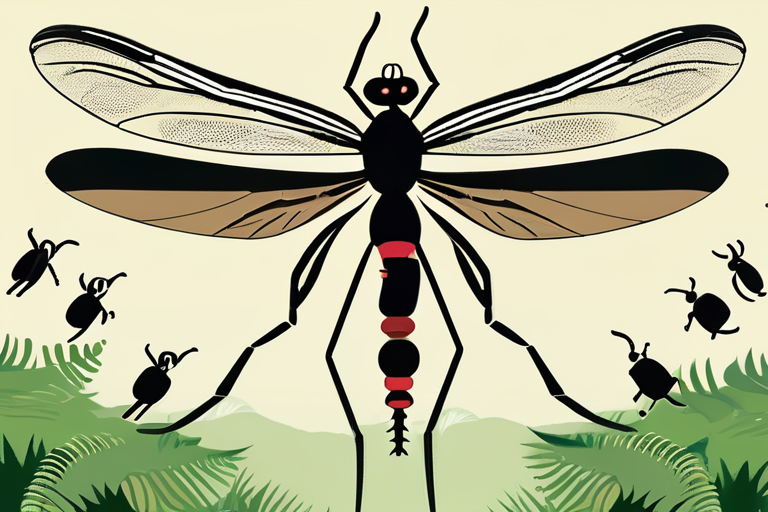
A reevaluation of the mosquito family tree suggests that modern mosquitoes evolved around 100 million years later than previously thought, emerging at the same time as parasites that cause malaria. This revised timeline is based on a study analyzing

A long-standing debate in paleontology has finally been settled, with a new study confirming that Nanotyrannus is a distinct species of dinosaur. The research, published in the journal Nature, reveals that Nanotyrannus contains two separate species,

Researchers at the University of California San Diego have made a groundbreaking discovery linking ancient lead poisoning to the evolution of human intelligence. They found that early humans, great apes, and Neanderthals were exposed to high levels o
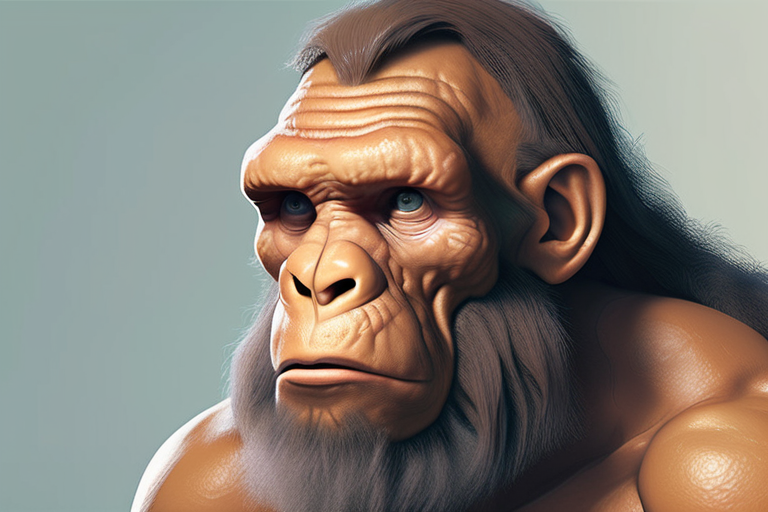
A groundbreaking new study reveals that interbreeding between Neanderthals and early humans may have been hindered by a genetic mismatch, leading to increased pregnancy failure rates among hybrid mothers. This discovery sheds light on the mysterious

In the latest edition of MIT Technology Review, the "body issue" explores the future of human evolution through scientific and technological advancements. The issue delves into topics such as predicting aesthetic traits and moral character in embryos

Scientists at the University of Sheffield have developed a groundbreaking method to detect ancient pregnancies by analyzing hormone levels in skeletal remains, potentially revolutionizing our understanding of reproductive histories in past population
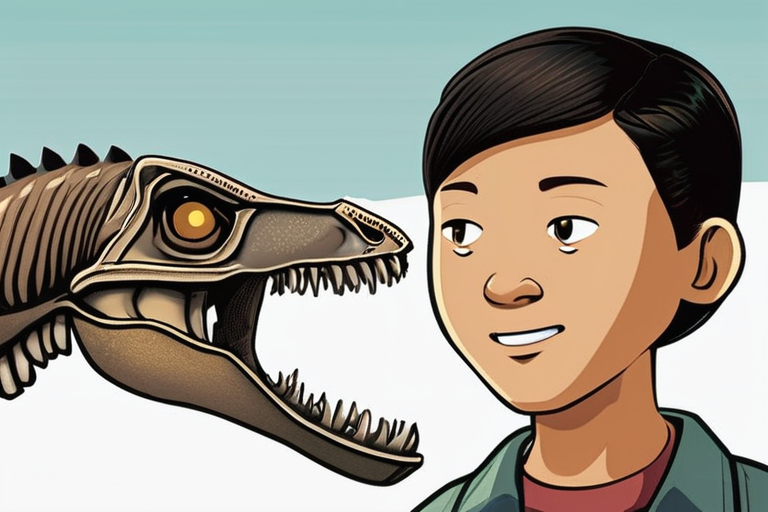
In a groundbreaking discovery, paleontologist Chinzorig Tsogtbaatar unearthed a stunning new species of pachycephalosaur in Mongolia, a 110-million-year-old dinosaur with a dome-shaped skull that's unlike anything seen before. The remarkable find, du

Scientists have made a groundbreaking discovery in the study of Paranthropus robustus, a 2-million-year-old human relative, by analyzing ancient proteins found in its teeth. This breakthrough has revealed unexpected genetic diversity among the fossil

In a groundbreaking discovery, scientists at University College London have revealed that humans evolved at an astonishing rate, with our skulls transforming at twice the speed of other apes, driven by a perfect storm of brain growth and social dynam
Share & Engage Share
Share this article